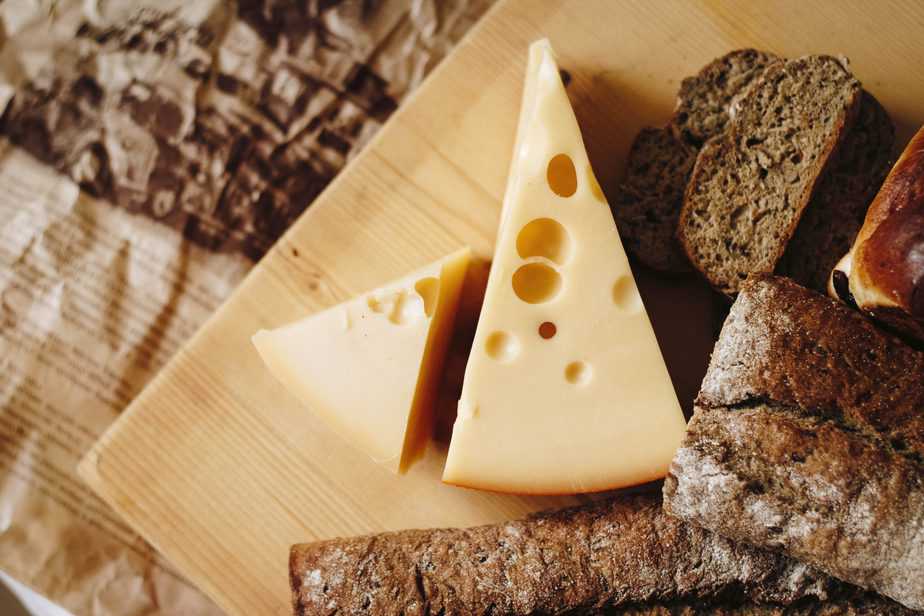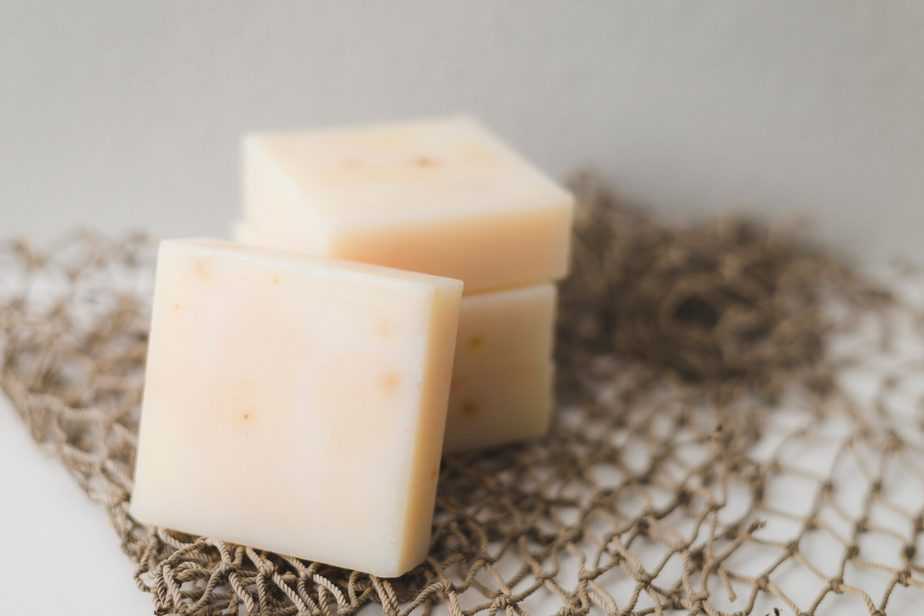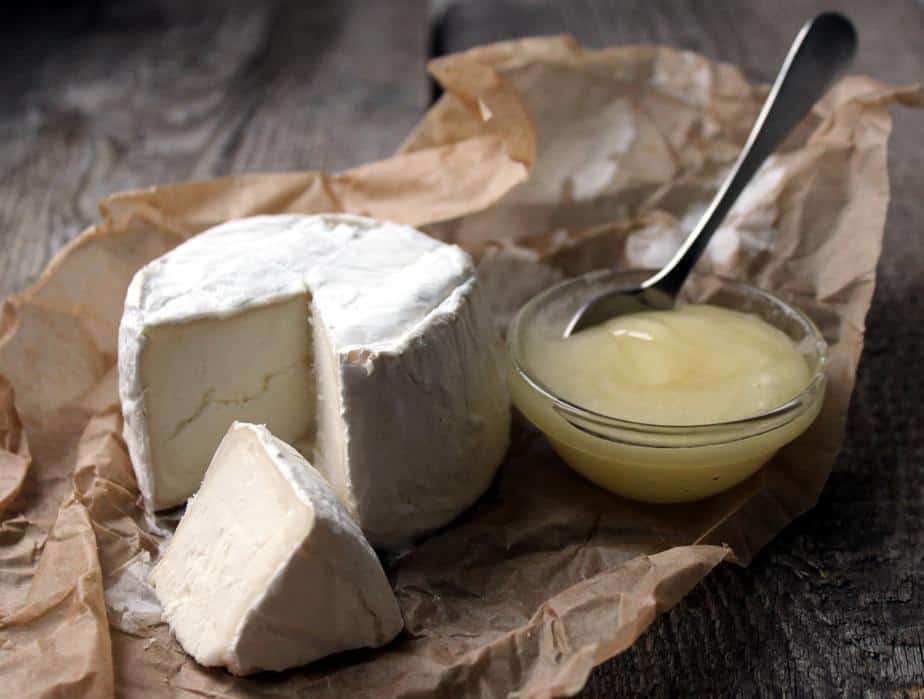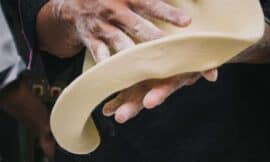Which Cheese Is Best For Pizza? While mozzarella stands out as the go-to choice for its ideal melt and subtly tangy flavor, there are other types of cheese that goes well with pizzas. This guide is crafted to navigate you through various cheese options available, shedding light on why mozzarella’s melting properties and mild taste have made it a pizza staple worldwide.
We deep dive further into the characteristics of alternative cheeses like Provolone, Cheddar, and Gouda, examining how their unique flavors and textures contribute to creating a more complex and satisfying pizza experience. Beyond just naming cheeses, this article unpacks the science behind cheese meltability, the art of blending cheeses for depth of flavor, and the impact of cheese moisture content on your final product.
When baking pizzas at home, cheddar cheese is often used as a topping due to its wide availability and affordability. In the absence of regular cheese, sliced pizza cheese may be used for making pizza.
When I served the baked pizza with tomato sauce to my family, they enjoyed it and wanted to know what cheese I used. When some friends came over, I made my best homemade pizza with tomato sauce. They inquired about the type of cheese used.
I conducted research on various types of cheese blends for homemade pizzas and experimented with each one. One successful outcome was creating an authentic Domino’s pizza at home.
Which Cheese is best for pizza?

I am going to share what cheese is used as a pizza topping and which pizza cheese is the best. Also, the best cheese for pizza depends on various factors and occasions. Below are the various types of cheese used in pizzas.
| Cheese Type | Pizza Combination |
|---|---|
| Mozzarella | Classic Margherita (Tomato, Basil) |
| Provolone | Vegetarian (Bell Peppers, Olives, Onions) |
| Cheddar | BBQ Chicken (BBQ Sauce, Chicken, Red Onion) |
| Gouda | Hawaiian (Ham, Pineapple) |
| Blue Cheese | Fig and Prosciutto (Fig Jam, Prosciutto, Arugula) |
| Ricotta | White Pizza (Garlic, Spinach) |
| Parmesan | Pepperoni (Pepperoni, Tomato Sauce) |
| Goat Cheese | Mediterranean (Sun-dried Tomatoes, Olives, Arugula) |
The above table outlines a variety of cheese types alongside suggested pizza combinations.
The Unrivaled Popularity of Mozzarella
Mozzarella’s crowning as the queen of pizza cheese is no mere accident. Its melting qualities, coupled with a subtly tangy flavor that complements a wide array of toppings, make it the go-to choice for pizza lovers. In this section, we delve into why mozzarella dominates the pizza scene and how its characteristics make it the ideal topping for that perfect slice.
Mozzarella’s superior melting characteristic is a result of its high moisture content and ideal fat-to-protein ratio, allowing it to melt evenly without becoming oily or losing form. This balance ensures that each bite of pizza offers that quintessential stretchy, gooey texture.
Scientific Behind Mozzarella’s Melt
The science behind mozzarella’s melt involves its unique molecular structure, which allows it to soften uniformly under heat, creating a smooth, cohesive layer that blankets the pizza in cheesy goodness. Unlike harder cheeses, mozzarella’s lower melting point ensures it becomes perfectly gooey at just the right temperature, enhancing the overall sensory experience of the pizza.
Mozzarella’s mild yet slightly tangy taste, making it the ideal backdrop for a variety of toppings, from classic pepperoni to fig and prosciutto. This mildness ensures that the cheese enhances rather than overpowers the flavors of the other ingredients. The beauty of mozzarella lies in its ability to harmonize with different flavours, allowing for a wide range of pizza creations.
Exploring Other Cheese Options for Pizza
While mozzarella is the undisputed king of pizza cheese for its meltability and mild flavor, the world of cheese offers a plethora of options. This section looks into alternative cheeses that bring unique flavors and textures.
Provolone Cheese for Pizza
Provolone cheese, with its slightly sharper taste compared to mozzarella, offers a fantastic depth of flavor to pizzas. This semi-hard cheese melts beautifully, contributing a smooth texture and a hint of tanginess that complements both meat and vegetable toppings exceptionally well.
Beyond its taste, Provolone’s melting characteristics make it a worthy contender for pizza. It doesn’t overpower with its flavor, making it an excellent choice for those looking to step up from mozzarella without straying too far from the classic pizza cheese profile.
Cheddar Cheese for Pizza
Cheddar cheese introduces a bold, nutty flavor to pizzas, along with a striking color contrast when melted. It’s perfect for those seeking a pizza with a more pronounced cheese flavor, offering a rich and slightly sharp taste that can stand up to robust toppings like bacon and barbecue sauce.

While Cheddar doesn’t melt as smoothly as mozzarella, its slightly crumbly texture when melted adds an interesting dimension to the pizza’s mouthfeel. Combining Cheddar with mozzarella can balance out its melting properties, ensuring your pizza is both visually appealing and deliciously complex in flavor.
Gouda Cheese for Pizza
Gouda, especially when smoked, can add a deep, smoky flavor to pizzas. Its creamy texture and rich, buttery taste make it an ideal choice for adding complexity to simple pizzas or enhancing the smokiness of meat toppings.
Gouda melts well, creating a smooth, velvety layer of cheese that’s both visually appealing and indulgent. Its unique flavor profile makes it a standout choice for gourmet pizzas, offering a taste experience that’s both sophisticated and comforting.
Blue Cheese for Pizza
Blue cheese, known for its strong, tangy flavor, is perfect for adding a bold taste to pizzas. It pairs well with sweet and savory toppings like figs, prosciutto, or arugula, creating a sophisticated flavor palette. The key is to use blue cheese sparingly, as its potent flavor can easily dominate the pizza.
The Role of Fresh vs. Aged Cheese in Pizza Making
The choice between fresh and aged cheeses can significantly affect the flavor profile and texture of a pizza. This section examines the distinct characteristics of both cheese types and their impact on pizza, offering insights into how each can be used to craft the perfect pie.
Fresh Cheeses: Adding Lightness and Creaminess to Pizza
Fresh cheeses, such as Ricotta and fresh Mozzarella, are known for their high moisture content and creamy texture. These cheeses lend a light, delicate flavor to pizzas, making them ideal for a fresher, less heavy pizza experience. Fresh cheeses are perfect for white pizzas or pizzas with vegetable toppings, where their subtle flavors can shine without being overshadowed by stronger ingredients.
Using Fresh Cheese on Pizza
Incorporating fresh cheese into your pizza involves balancing moisture content to avoid a soggy crust. Techniques such as dolloping Ricotta or thinly slicing fresh Mozzarella can distribute the cheese evenly while maintaining the pizza’s integrity. These cheeses do not brown as aged cheeses do, but they offer a beautiful contrast in textures, from creamy to the crispness of the crust.
Aged Cheeses: Enhancing Flavor Depth to Pizza
Aged cheeses, like Parmesan, Pecorino Romano, and aged Cheddar, bring a bold, nutty, and often sharper flavor to pizzas. Their lower moisture content and harder texture allow for fine grating over pizzas, adding a flavorful punch that penetrates every bite. Aged cheeses are excellent for adding complexity to simple pizzas or enhancing the rich flavours of meat toppings.
While aged cheeses may not melt into the smooth, uniform layer that fresh cheeses do, their ability to crisp and brown adds a desirable textural contrast and depth of flavor. Sprinkling grated Parmesan over the top of a pizza before baking can create a crispy, flavorful crust, while adding it after baking preserves its distinct taste and aroma. The key to using aged cheese is moderation, as its strong flavors can easily overpower other ingredients.
Cheddar cheese is commonly used as dominos pizza toppings.
Cheese Blends for the Perfect Pizza Balance
Combining different types of cheese on a pizza can transform a good pizza into an exceptional one. This section explores how to create the perfect cheese blend, focusing on how different cheeses can complement each other to enhance the overall pizza experience.
The Art of Cheese Blending
The key to a successful cheese blend lies in balancing flavors and textures. A mix of mild cheeses like Mozzarella with sharper ones like Provolone or a touch of Parmesan can create a complex flavor profile that’s both rich and nuanced. The goal is to combine cheeses in a way that one does not overpower the other, but rather, they work together to enhance the pizza’s taste.
Texture is as important as flavor when blending cheeses. A good blend combines cheeses that melt well, like Mozzarella, with those that add a different texture, such as Ricotta or crumbled Feta. This approach ensures that every bite offers a satisfying mouthfeel, with creamy, stretchy, and crumbly elements in harmony.
Practical Tips for Cheese Blending for pizza
When blending cheeses, consider the moisture content and oiliness of each variety. Cheeses with high moisture content, like fresh Mozzarella, blend well with dryer, aged cheeses, balancing out the oiliness and ensuring the pizza doesn’t become soggy.
The best cheese blend often comes from experimentation. Start with a base of Mozzarella and gradually add other cheeses in small amounts, tasting and adjusting until you find the perfect combination for your palate. This process allows for customization and can lead to discovering unique blends that elevate your pizza to gourmet levels.

For more information on the best cheese for pizza, check out this link.
The Science of Melting Cheese on Pizza
Understanding the science behind melting cheese can significantly improve pizza skills. This section delves into the crucial factors that influence how cheese melts on pizza, including elasticity, oiling off, and browning capabilities, providing insights that can help in selecting the perfect cheese for an irresistible pizza topping.
The Crucial Role of Cheese Elasticity
Elasticity in cheese, especially in varieties used for pizza like Mozzarella, is vital for achieving that desirable stretchy texture. The elasticity is primarily determined by the cheese’s protein structure and moisture content. Cheeses with a higher moisture content and a balanced casein-to-fat ratio, like Mozzarella, exhibit superior elasticity, resulting in the iconic pizza pull we all love.
The elasticity of cheese not only contributes to the sensory experience of eating pizza but also affects how the cheese behaves under heat. A cheese with good elasticity will spread evenly, creating a uniform layer that enhances the pizza’s overall appearance and texture. This characteristic is essential for achieving a cohesive melt that doesn’t break apart or become rubbery upon cooling.
The Phenomenon of Oiling Off
Oiling off occurs when the fat in cheese separates from the protein matrix, pooling on the surface of the pizza. This process is influenced by the cheese’s age, fat content, and heating temperature. Cheeses with a high fat-to-protein ratio or those that are heavily processed are more prone to oiling off, which can affect the pizza’s texture and visual appeal.
Selecting the right cheese and adjusting cooking techniques can mitigate oiling off. Blending a high-moisture cheese like Mozzarella with a drier, aged cheese can balance out the fat content, reducing the likelihood of oiling off. Additionally, cooking at the optimal temperature ensures that the cheese melts evenly without excessive fat separation.
Browning Capabilities of Cheese
Browning, or the Maillard reaction, is a chemical reaction between amino acids and reducing sugars that gives browned foods their desirable flavor. In cheese, this reaction contributes to the flavor complexity and visual appeal of the pizza. Cheeses that brown well, such as Parmesan and aged Cheddar, add a rich flavor and color contrast to the pizza.
To achieve a perfectly browned cheese topping without burning, it’s essential to understand the browning characteristics of different cheeses. A blend of cheeses can offer a balance, with some providing meltability and others contributing to browning and flavor. Adjusting the oven’s temperature and the pizza’s placement within the oven can also help control the browning process for an evenly cooked, visually appealing result.
In conclusion, the selection of the best cheese for pizza is influenced by various factors and occasions.
- Parmesan cheese is a popular choice for pizza when looking to elevate the authentic experience at home.
- Mozzarella cheese is a popular choice for pizza due to its versatility, flavor, and affordability.
- Cheddar cheese is a great choice for pizza if you’re looking to make a unique and cost-effective option.
- For those who enjoy flavorful cheeses and are willing to pay a higher price, Gorgonzola cheese is a great option for pizza.
- Rennet Cheese is a popular choice for pizza due to its fresh flavor and moderate price range.
- Gouda cheese is a popular choice for homemade pizza due to its golden brown, melted texture. It is also a cost-effective option for homemade pizzas.
If you found this post helpful on which cheese is best for pizza, consider sharing it with your friends and family.
Also, check out our home site for more interesting recipes and helpful tips regarding food.




